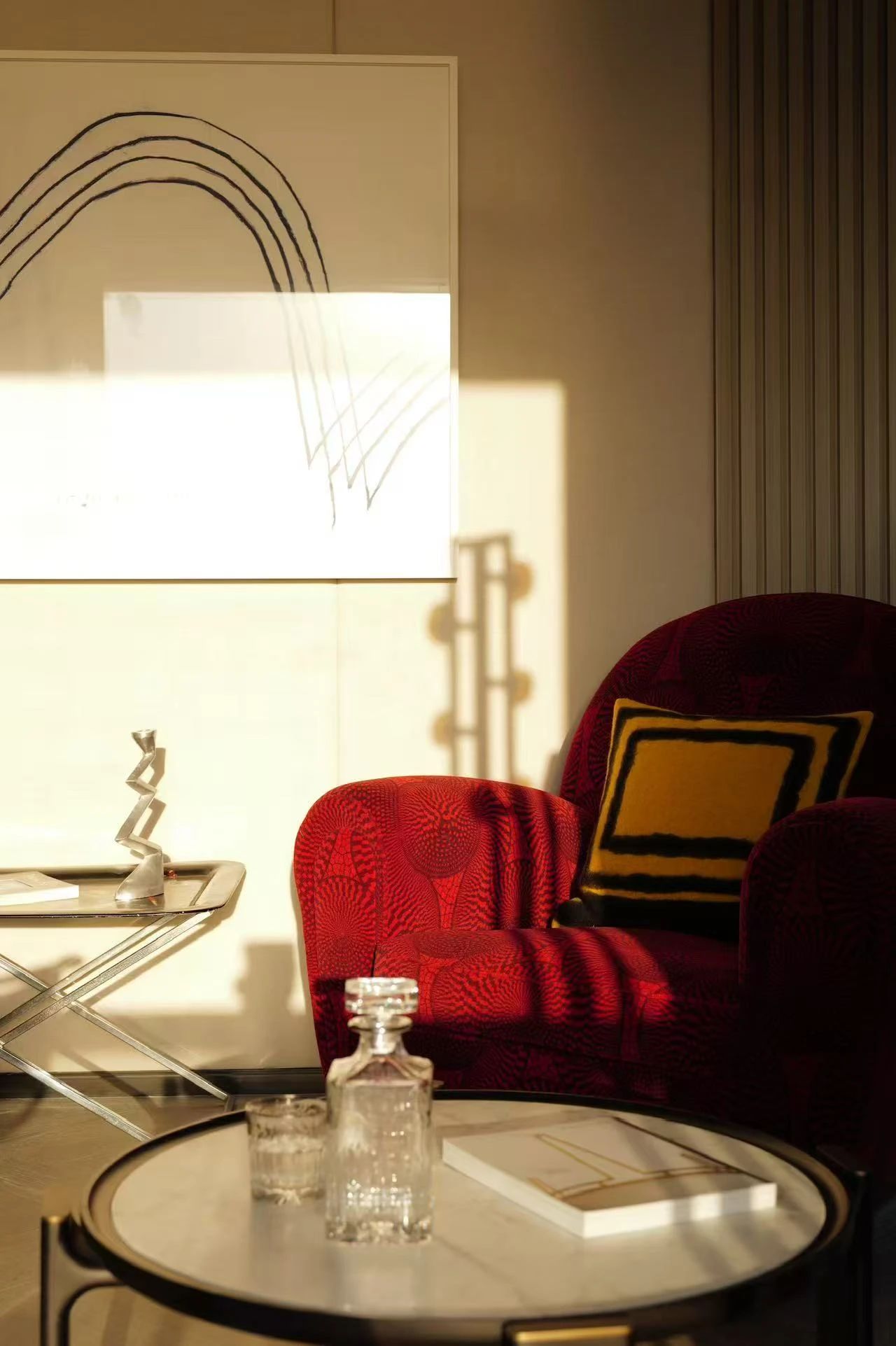Pachamanca House 51
2015-08-17 09:00
© Cristobal Palma / Estudio Palma
(C)Cristobal Palma/Estudio Palma


架构师提供的文本描述。帕卡曼卡是一种古老的秘鲁人用石头和物种在地下烹饪的技术。它是对大地母亲的一种精神上的表达(在克丘亚语中,帕查的意思是“土”,曼卡的意思是“锅”)。
Text description provided by the architects. Pachamanca is an ancient Peruvian technique of cooking under the ground with stones and species. It is a spiritual offering of respect to mother earth (in quechua language, pacha means 'earth' and manca means 'pot')
© Cristobal Palma / Estudio Palma
(C)Cristobal Palma/Estudio Palma


一对夫妇要求我们为他们-职业厨师-以及他们的女儿们设计一座房子。
A couple asked us to design a house for them -professional chefs- and their daughters.
First Floor Plan
一层平面图


该遗址位于一座小山的露台上,俯瞰利马市和太平洋。我们的客户要求我们创造出附近最受尊敬的房子,奢侈品是概念性的,而不是物质上的。
The site is on a terrace of a hill, overlooking the city of Lima and the Pacific Ocean. We were asked by our clients to come up with the most respectful house in the neighborhood and with luxuries being conceptual instead of material.
© Cristobal Palma / Estudio Palma
(C)Cristobal Palma/Estudio Palma


利马绝对缺乏雨水(每年少于8毫米!)决定了一个干旱的景观,只有当水从100公里以外的安第斯山脉带来时,绿色才会出现。
Lima’s absolute lack of rain (less than 8mm per year!) determines an arid landscape where green appears only when water is brought from 100km away in the Andes mountains.
© Cristobal Palma / Estudio Palma
(C)Cristobal Palma/Estudio Palma


在利马,绿色是一种奢侈品。
In Lima, Green is a luxury.
我们决定开始这个项目,而不是建造一座大楼,创造出一片生机勃勃的绿色景观。随着时间的推移,建筑物往往会老化,变得更加丑陋,而植被则会增长,而且会变得更好。
Instead of a building, we decided to start the project by generating an exuberant green landscape. Buildings tend to age and get uglier while vegetation grows and gets better over time.
© Cristobal Palma / Estudio Palma
(C)Cristobal Palma/Estudio Palma


我们操纵这个地点,形成了一个山丘,一个山谷,一个高原,一个悬崖,一个山洞,一个峡谷,一个海岸…。当海拔变化时,每种植物都对应于特定的植被类别:树木、草、蔬菜、悬挂植物、旱生植物、水生植物…。
Manipulating the site we generated a hill, a valley, a plateau, a cliff, a cave, a ravine, a shore…then each corresponded to certain vegetation class while changing altitude: trees, grasses, vegetables, hanging plants, xerophilous, hydrophytes…
© Cristobal Palma / Estudio Palma
(C)Cristobal Palma/Estudio Palma


一旦定义了新的景观,它就有人居住的房子计划:宿舍,浴室,厨房,餐饮,生活,家庭办公室,车库…。仔细配对获得的空间和观看质量,以满足它们的功能要求。
Once defined the new landscape, it was inhabited with the house program: dormitories, bathrooms, kitchen, dining, living, home office, garage… carefully pairing the spatial and viewing qualities obtained to their functional requirements.
Second Floor Plan
二层平面图


这座房子-作为一种富丽堂皇的景观-故意缺乏等级结构,有多个入口、水平和路线,但由于利马的气候温和(从未超过14摄氏度或高于28℃),室内和外部不断模糊。
The house –as an exuberant landscape- purposely lacks a hierarchical structure, having multiple entrances, levels and routes, while constantly blurring interior and exterior enabled by the mildness of Lima’s climate (never colder than 14ºC or warmer than 28ºC).
© Cristobal Palma / Estudio Palma
(C)Cristobal Palma/Estudio Palma


这座房子-作为一种富丽堂皇的景观-故意表现出丰富多样的饰面和纹理:不同的当地石刻、多种再生木材、混凝土印记等等。
The house –as an exuberant landscape- purposely shows a rich diversity of finishes and textures: different cuts of local stone, many sorts of recycled wood, concrete imprints, etc.
Longitudinal Section


巴洛克和贫穷的同时,就像一个帕卡曼卡。
Baroque and Povera at the same time, like a Pachamanca.
© Cristobal Palma / Estudio Palma
(C)Cristobal Palma/Estudio Palma
























































Architects 51-1 Arquitectos
Location Lima, Peru
Category Houses
Architects in Charge César Becerra, Fernando Puente Arnao, Manuel de Rivero
Area 682.0 sqm
Project Year 2012
Photographs Cristobal Palma / Estudio Palma
























